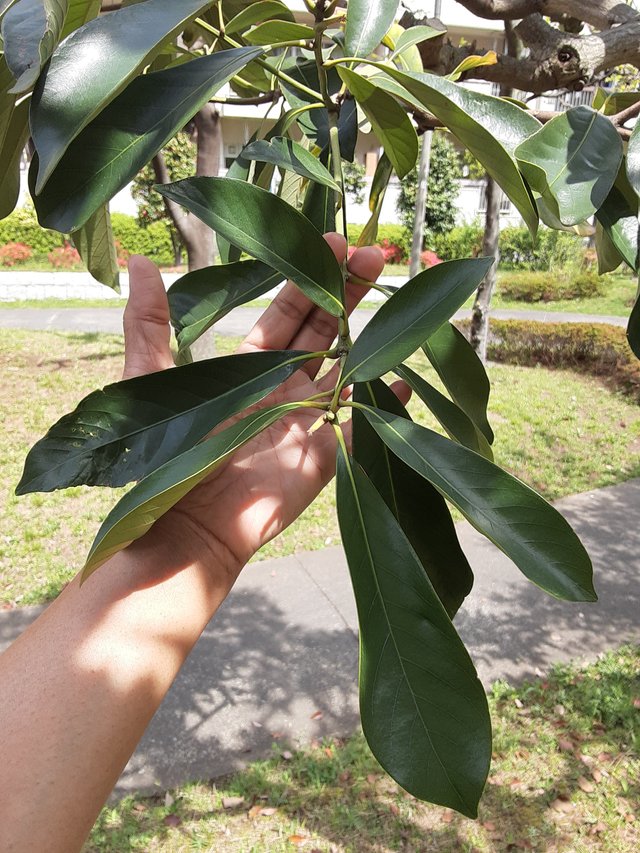
Lithocarpus edulis, also known as the Japanese stone oak, is a beautiful evergreen tree native to the coast of Chiba Prefecture in Japan. It's a member of the beech family, Fagaceae, and can grow up to 15 meters (49 feet) tall.
Lithocarpus edulis leaves are a fascinating feature of the tree. They are:
- Large and glossy: The leaves can be up to 15 centimeters (6 inches) long and 7 centimeters (3 inches) wide. Their upper surface is a shiny yellowish-green, while the underside is a duller green with a slight silvery sheen caused by tiny scales.
- Leathery and tough: The leaves have a hard, leathery texture, making them resistant to tearing and browsing by herbivores.
- Oval or lanceolate: The leaves have a generally oval or lanceolate shape, meaning they are wider in the middle and taper towards both ends.
- Nine to eleven veins: Each side of the midrib has nine to eleven veins, providing structure and support to the leaf.
- Short petiole: The leaves are attached to the branches by a short petiole, which is typically 1/3 to 1 inch long.
Beyond their aesthetic appeal, Lithocarpus edulis leaves have some interesting properties:
- Edible: The leaves of young Lithocarpus edulis trees are considered edible. However, they may have a slightly bitter taste.
- Slow to decompose: Due to their tough texture and high tannin content, Lithocarpus edulis leaves decompose slowly. This can contribute to the formation of a rich organic layer in the soil beneath the tree, which can benefit other plants.
- Ornamental value: The evergreen nature, glossy leaves, and slow growth rate of Lithocarpus edulis make it a popular choice for bonsai cultivation and landscaping in Japan.
Overall, the leaves of Lithocarpus edulis are a beautiful and interesting part of this unique Japanese tree. While they may not be a common food source, they do play a role in the ecology of the forest and contribute to the ornamental value of the tree.
Ref.:
 |  |
Upvoted! Thank you for supporting witness @jswit.
Downvoting a post can decrease pending rewards and make it less visible. Common reasons:
Submit